The $0 IRA Rule: How to Avoid Taxes on a Backdoor Roth Conversion
Want to contribute to a Roth IRA but your income is too high? You may be considering the Backdoor Roth strategy. But here’s what most people miss:
If you have any Traditional IRA balance at year-end, your conversion could become partially taxable — even if you only contributed $7,000.
Let’s break down the key rule that can make or break your tax outcome:
Your Traditional IRA balance must be $0 by December 31st.
Why Listen to Me?
As a CERTIFIED FINANCIAL PLANNER™, I help high-income earners and business owners navigate strategies like the Backdoor Roth IRA all the time. I’ve seen small missteps—like forgetting about an old rollover IRA—cost people thousands in surprise taxes. The good news? With the right steps, you can keep your conversion 100% clean and tax-free.
What Is the Pro-Rata Rule?
When you do a backdoor Roth conversion, the IRS applies something called the pro-rata rule:
If you have any balance in a Traditional IRA, SEP IRA, or SIMPLE IRA on December 31st, the IRS will treat your conversion as a mix of pre-tax and after-tax dollars.
That means:
Your $7,000 non-deductible contribution isn’t treated as tax-free.
Instead, it gets “blended” with any existing IRA balances.
A large portion of your conversion could become taxable.
Example to Make It Real
Let’s say you:
Contribute $7,000 to a Traditional IRA in May 2025.
Immediately convert it to a Roth IRA.
BUT… you also have $93,000 sitting in a rollover IRA from an old job.
The IRS sees a total IRA balance of $100,000 ($93K + $7K).
When you convert the $7,000:
Only 7% of it is considered after-tax and tax-free.
The other 93% will be taxable income.
How to Keep Your IRA Balance at $0
To ensure your backdoor Roth conversion is clean:
Contribute $7,000 to a Traditional IRA.
Immediately convert that $7,000 to a Roth IRA.
Make sure your IRA balances (Traditional, SEP, SIMPLE) = $0 on December 31st.
File IRS Form 8606 to report your contribution and conversion correctly.
What If You Have Existing IRA Balances?
Here’s how to “clean up” those pre-tax IRA dollars before year-end:
Roll them into a 401(k) or Solo 401(k)
Most employer retirement plans don’t count toward the pro-rata rule.
Convert all IRA money to Roth
You’ll owe taxes on the pre-tax portion, but it’s another path to simplification.
Pause the backdoor Roth until you’ve moved the funds
Sometimes waiting a year makes more sense than triggering tax unnecessarily.
Summary: The 4-Step Clean Backdoor Roth Strategy
Here’s a quick recap of how to keep your Backdoor Roth conversion clean and tax-free:
Contribute $7,000 to a Traditional IRA.
Immediately convert that $7,000 to a Roth IRA (before any investment gains occur).
Ensure all IRA balances (including Traditional, SEP, and SIMPLE IRAs) are $0 on December 31st of the year you convert.
File Form 8606 with your tax return to report the non-deductible contribution and Roth conversion properly.
Frequently Asked Questions (FAQ)
1. What if I accidentally have an IRA balance on 12/31?
- The IRS will apply the pro-rata rule, making part of your conversion taxable.
2. How can I reduce my IRA balance before year-end?
- You can roll funds into a 401(k), convert to Roth (and pay tax), or withdraw (though penalties may apply if under 59½).
3. Can I open a Solo 401(k) just to roll IRA funds into it?
- Yes — if you have any self-employment income, you can open a Solo 401(k) and roll your IRA into it.
4. What if my 401(k) doesn’t accept roll-ins?
- You may need to open a Solo 401(k), convert to Roth, or delay the backdoor Roth until you can fix the issue.
5. How fast should I convert after contributing to a Traditional IRA?
- Ideally right away — before any investment gains occur.
6. What’s Form 8606 and why does it matter?
- It tells the IRS that your Roth conversion included after-tax dollars — without it, they may assume the entire conversion is taxable.
7. Can high-income earners still use the backdoor Roth strategy?
- Yes! That’s what it’s designed for. Just be sure your IRA balance is $0 at year-end to avoid taxes.
How would it feel to know exactly when you can retire and how much you can spend without running out of money? Kind of crazy that you just found this blog… and your next step might be booking a complimentary call. In that call, we’ll explore your numbers and see what’s truly possible for you. Schedule Your Call
Disclaimer: This article is for educational purposes only and should not be considered tax, legal, or financial advice. Always consult a qualified professional before implementing any tax strategy. The examples provided are hypothetical and do not reflect the performance or outcomes of any actual client of Lock Wealth Management.
